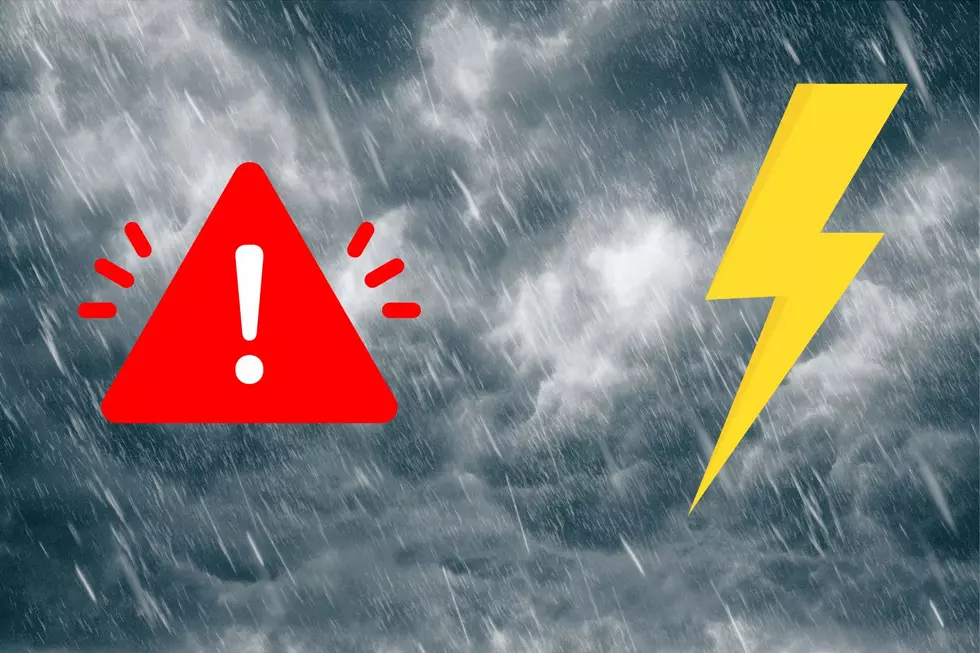
The Heat Is Back Does that Mean the Dog Days of Summer Are Here?
After a relatively pleasant summer so far with only a couple of really hot stretches, the heat is back starting Friday. It made me wonder, are The Dog Days of Summer here?
I wasn't sure, because in my mind I associate the Dog Days of Summer with the end of summer, that period in mid to late August where it just seems hot and uncomfortable. I couldn't be more wrong though.
Farmersalmanac.com says:
The Dog Days of Summer describes the most oppressive period of summer, between July 3rd and August 11th each year.
So yes indeed, we are definitely in The Dog Days of Summer.
Additionally, the phrase "Dog Days of Summer" has nothing to do with the weather being so hot the weather isn't fit for a dog. Nor is it about dogs going crazy because of the heat. It actually has to do with astrology.
Between July 3 and August 11 the Sun finds itself in the same region of the sky as Sirius, also known as the Dogstar. According to farmersalmanac.com, "in the summer, Sirius rises and sets with the Sun. On July 23rd, specifically, it is in conjunction with the Sun, and because the star is so bright, the ancient Romans believed it actually gave off heat and added to the Sun’s warmth, accounting for the long stretch of sultry weather. They referred to this time as diēs caniculārēs, or 'dog days'."
No, Sirius doesn't contribute to how hot it is outside. It's all due to the Earth's tilt. During the summer in the Northern Hemisphere the tilt of the earth causes the Sun's rays to hit the earth more directly and for a longer period throughout the day. So, it's just hotter.
Speaking of the heat, as of Wednesday night, Weatherology says we can expect highs in the low 90's over the course of the next week. The National Weather Service out of Kansas City is predicting temperatures more in the mid 90's with triple-digit heat indexes. Either way, it's appropriate weather for The Dog Days of Summer"
LOOK: The most expensive weather and climate disasters in recent decades
Gallery Credit: KATELYN LEBOFF
50 Most Popular Chain Restaurants in America
Gallery Credit: Paul Feinstein
More From Mix 92.3





![No More Movies: Check Out This Abandoned Theater [Pictures]](http://townsquare.media/site/467/files/2024/04/attachment-Untitled-design-84.jpg?w=980&q=75)




